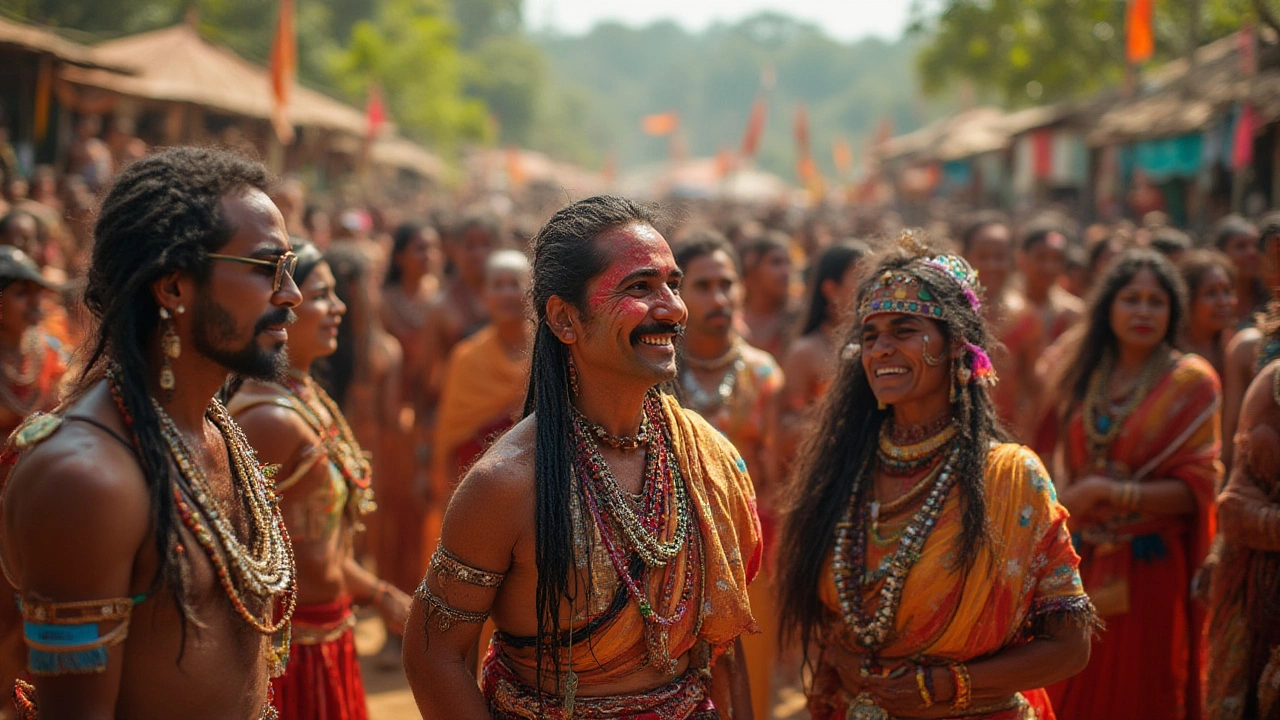Indigenous Peoples: Voices, Culture, and Today’s Reality
When you hear the word “indigenous,” you might picture a remote village, a colorful festival, or a wise elder sharing stories. Those images are only a glimpse of a world that stretches across continents, languages, and centuries. Indigenous peoples have shaped their lands long before modern borders existed, and their knowledge still guides everything from sustainable farming to medicine.
Today, many of those communities face rapid change. Development projects, climate shifts, and policy decisions can threaten their way of life. Yet they also find new ways to keep traditions alive—through digital media, education, and partnerships with NGOs. Understanding their reality helps us respect their rights and learn from their resilience.
Daily Life & Traditions
Every indigenous group has its own set of customs, but a few common threads run through many of them. Food, for example, is often grown, hunted, or gathered according to ancient cycles. In the Amazon, river fish are prepared with herbs that have been passed down for generations. In the Arctic, Inuit families still practice seal hunting using techniques taught by their grandparents.
Language is another cornerstone. More than 7,000 languages exist worldwide, and a large share belongs to indigenous peoples. These languages carry unique ways of describing the environment, emotions, and spirituality. When a language disappears, we lose an entire worldview.
Art and storytelling also play huge roles. From beadwork in North America to dance rituals in Africa, creative expression is a way to record history and teach younger members. Even today, many artists blend traditional motifs with modern styles, showing that culture is not frozen—it evolves.
Facing the Future
Education is a key driver of change. Programs that teach both mainstream subjects and tribal knowledge empower youth to navigate the wider world while staying rooted. Some schools now use bilingual curricula, allowing students to learn in their mother tongue and in the national language.
Legal recognition matters, too. When governments formally acknowledge indigenous land rights, communities gain leverage to protect forests, rivers, and sacred sites. Cases like the 2020 Australian High Court decision on native title set important precedents for other nations.
Technology offers unexpected tools. Drones map remote territories, helping prevent illegal logging. Social media lets activists share their stories globally, forcing policymakers to listen. Even simple mobile apps can document oral histories, preserving them for generations.
Challenges remain. Climate change hits many indigenous lands hardest, altering migration patterns of animals and affecting water sources. Economic pressure can push younger members toward cities, risking cultural loss. But the same resilience that has carried these peoples through colonization is showing up now, as they negotiate new agreements and innovate solutions.
What can you do? Start by listening. Read books written by indigenous authors, watch documentaries made by their own hands, and support businesses that source ethically from tribal communities. Small actions add up, showing respect for the cultures that have sustained us for millennia.
Indigenous peoples are not relics of the past; they are vibrant contributors to our shared future. Their stories remind us that diversity is strength, and that honoring each other's heritage makes the world richer for everyone.
